The TPC3000 (Track Power Controller) is not a transformer – it is a direct replacement for Lionel’s PowerMaster, a component of Lionel’s TrainMaster system. Wired into a TrainMaster layout, the TPC 3000 opens a new world of power for toy train operators.
1,2,3 punch
First, the TPC3000 allows MTH ProtoSound-equipped locomotives to fully operate on a TrainMaster-equipped layout in conventional mode. No ifs, ands, or buts.
With the TPC3000 wired into my home layout, I ran ProtoSound-equipped locomotives that in the past would only move silently – no diesel or steam sounds – or wouldn’t budge at all. With the TPC3000 there is no incompatibility between ProtoSound circuitry and TrainMaster’s pulsed power.
Second, the TPC3000 allows you to put more power to the track – a lot more. Lionel’s TrainMaster system was originally designed to operate at a maximum of 135 watts per track block. A power source with greater capacity, such as MTH’s 400-watt Z-4000, puts no extra power to the track lockon because the PowerMaster component has a maximum capacity of 135 watts. The TPC3000, however, has a capacity of 300 watts. The difference is stunning.
I hooked up a Z-4000 to my layout’s single-circuit TrainMaster system, using the PowerMaster component, and tried to simultaneously run two passenger trains with AC-motored Command-equipped locomotives. I couldn’t do it.
Every time the second locomotive began to move, a circuit breaker tripped. I then replaced the PowerMaster with the TPC3000. Both trains could then start, stop, and run for hours, drawing about 12 amps but not once tripping the circuit breaker. All Command-Control and RailSounds functions worked as expected when using the TPC3000.
Third, the TPC3000 offers more refined control when operating locomotives in conventional mode.
The TrainMaster system with a PowerMaster in conventional mode basically acts like a wireless throttle. TrainMaster’s pulsed power allows operators far greater slow-speed control, but otherwise the system offers throttle, direction, horn, and bell responses in a manner similar to a traditional transformer.
The TPC3000, on the other hand, offers throttle responses that make a conventional locomotive feel as if it were Command-equipped. Lou Kovach of IC Controls said a TrainMaster system using a TPC3000 offers 21/2 times more throttle sensitivity than a system using a PowerMaster. I believe him.
On my layout, I operated non-Command engines much more prototypically. I could not stop on a dime as if I were driving a car, but instead used the brake and throttle to realistically slow the train’s momentum. There were no drag-strip starts either, just steady, slow, train-like acceleration. I felt the TPC3000’s conventional-mode throttle performance on my layout was even more refined than operating in Command mode.
When first operating a train using the TPC3000 in conventional mode, I encountered an unnerving problem: I couldn’t turn down the throttle more than 2 or 3 volts regardless of how many times I rotated the red throttle knob. The only way I could significantly slow, or stop a train was with the brake button. The culprit was my new-issue CAB 1 controller, which has a software package slightly different from earlier-production CAB 1 controllers.
IC Controls is aware of the differences between newer and older CAB 1 controllers and has since made appropriate changes to the TCP3000 to accommodate new and old CAB 1 controllers. Should your CAB 1 respond as mine did, pressing the TR (track) button repeatedly while turning down the throttle will allow you to fully slow or stop your train.
Other features
In conventional mode, pressing the AUX2 button on the CAB 1 controller pulses the track power on and off twice, which sequences E-units from forward to reverse in one step instead of two, as when using the direction button.
I found this feature worked best on mechanical E-units and electronic units that don’t reset to forward in a few seconds. On MTH locomotives, I wasn’t always quick enough to turn the throttle up to accelerate in reverse before the MTH E-unit reset to forward.
If you are more comfortable pressing the direction button twice instead of the AUX2 button once, you can do that, too.
The TPC3000 unit has a run-program switch, but unlike the PowerMaster, it lacks a command-conventional switch. Instead, the L, M, and H buttons beneath the sliding cover at the base of the CAB 1 unit take on new roles. The three buttons are used to switch between conventional and command modes and to set a maximum speed.
Up to 10 TPC3000s can be used on a single layout, enough for perhaps even the largest club layouts. IC Controls offers a Y cable for separate sale to link a pair of PowerHouse transformers, so you won’t have to discard your present PowerHouse to gain more power, just add a second PowerHouse in proper phase.
And finally, if you’ve ever wondered what would plug into the empty computer-type port on the side of the Lionel Command Base, you’ll be happy to know the TPC3000 uses the port, but don’t forget to keep the single wire running to the U terminal of the Command Base.
The TPC3000 is designed to work with IC Controls’ other Command Control components, the ASC3000 accessory switch controller and the AMC3000 accessory motor controller.
The TPC3000 comes with a clearly written 24-page instruction manual, but a working knowledge of the TrainMaster system is helpful.
One word of warning: IC Controls repeatedly recommends the use of 14 gauge wire between the TPC3000, the track, and the transformer. Given the amount of power the TPC3000 allows, it’s a wise idea.
For the TrainMaster fan, the TPC3000, allowing ProtoSound compatibility, greater track power, and refined conventional throttle response, is a first-class ticket to greater layout enjoyment.





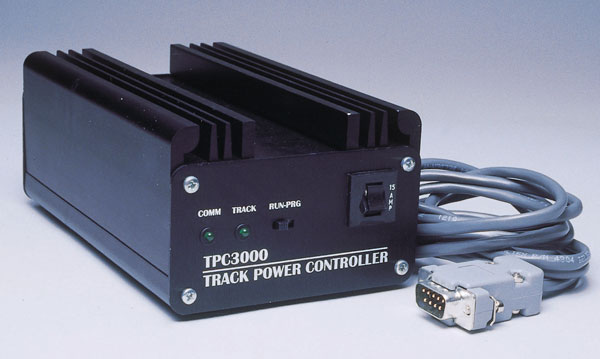

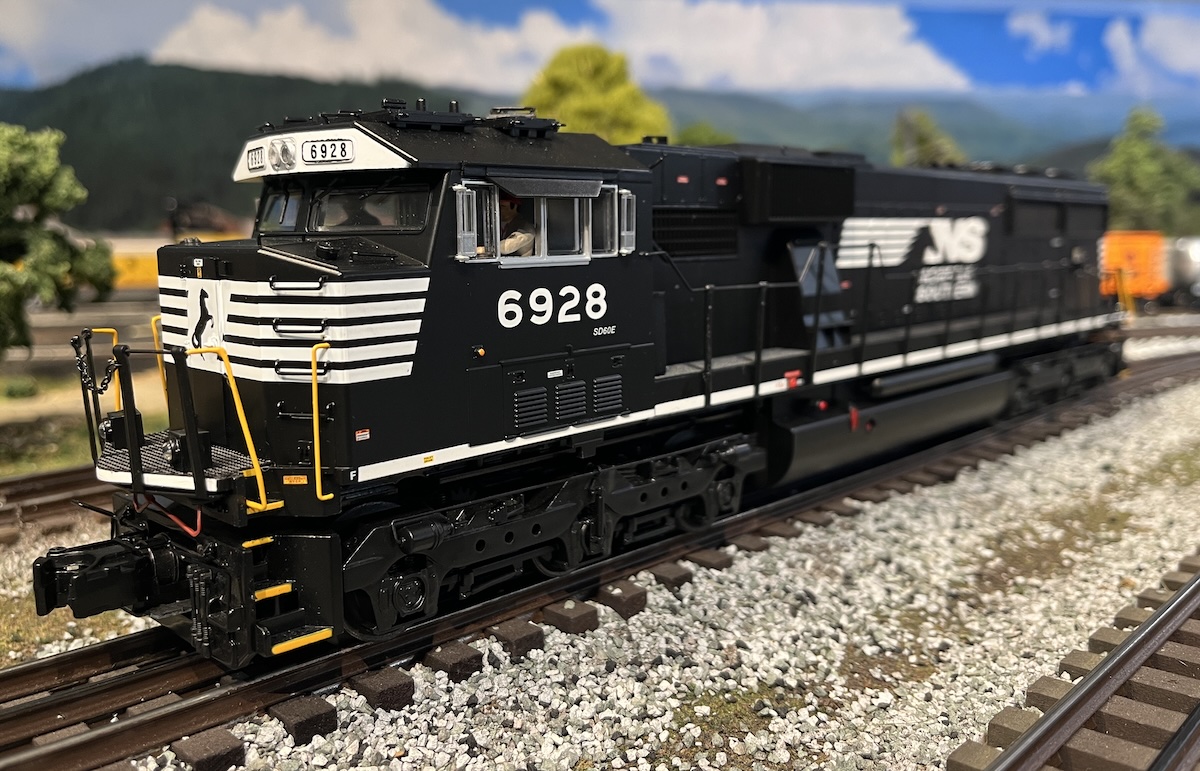
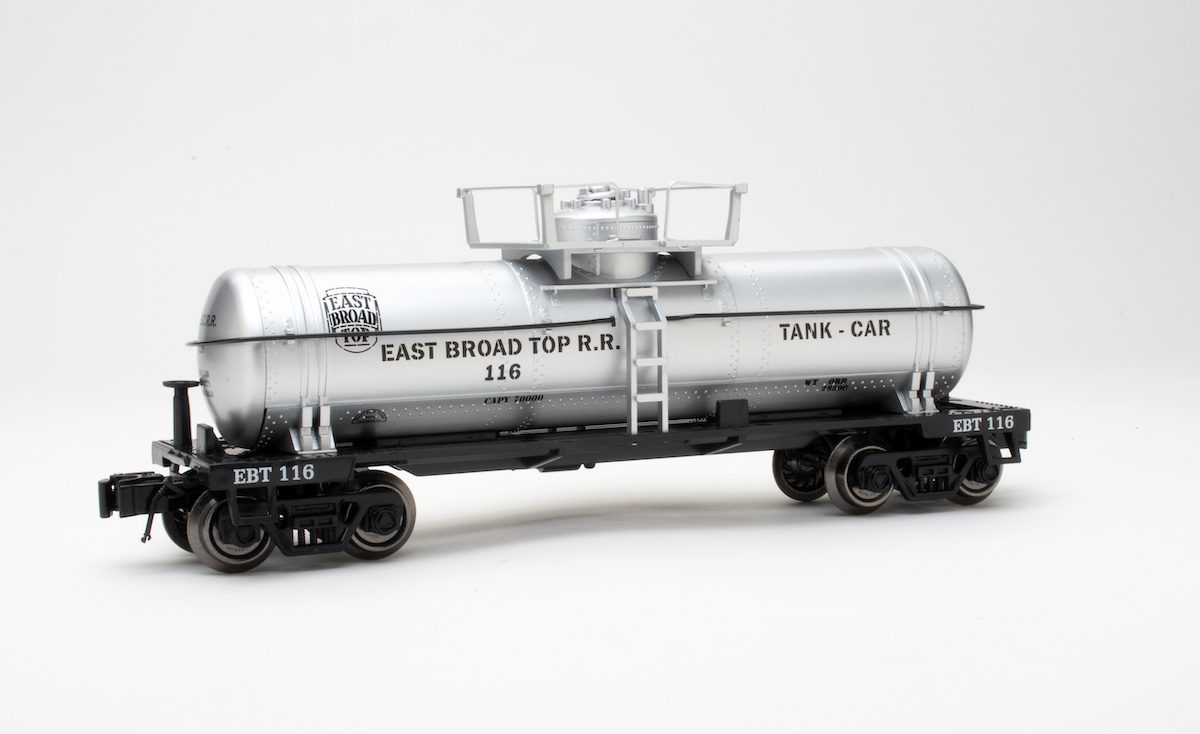
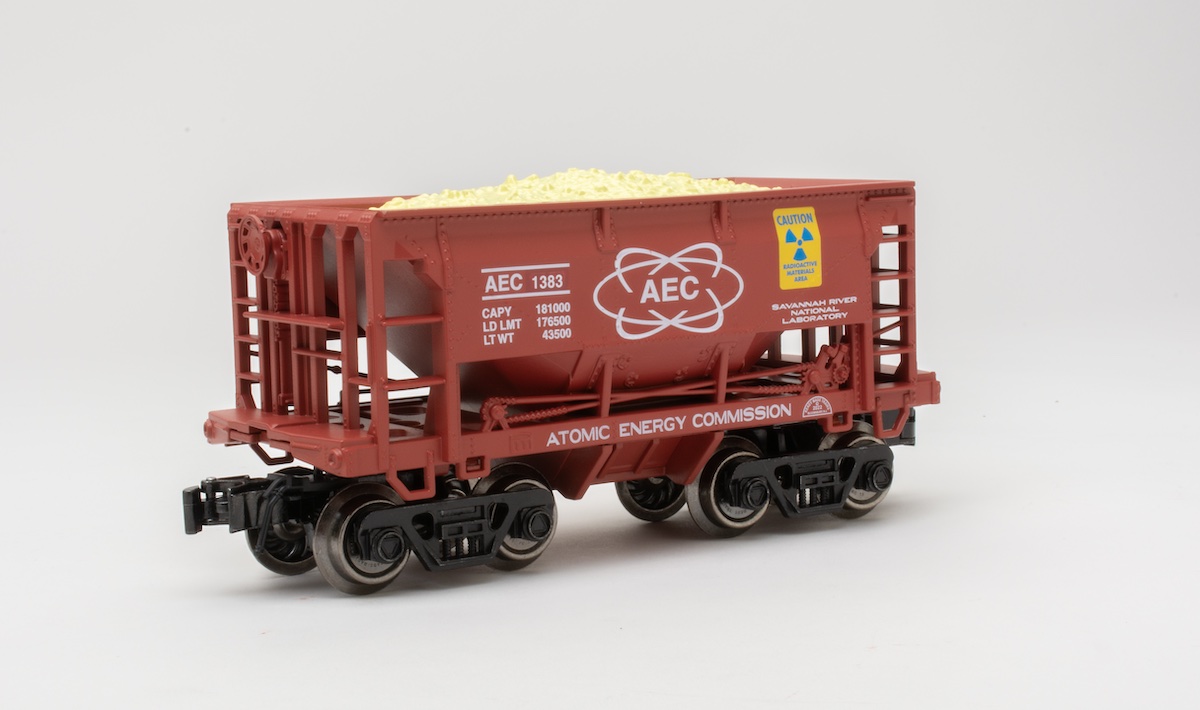
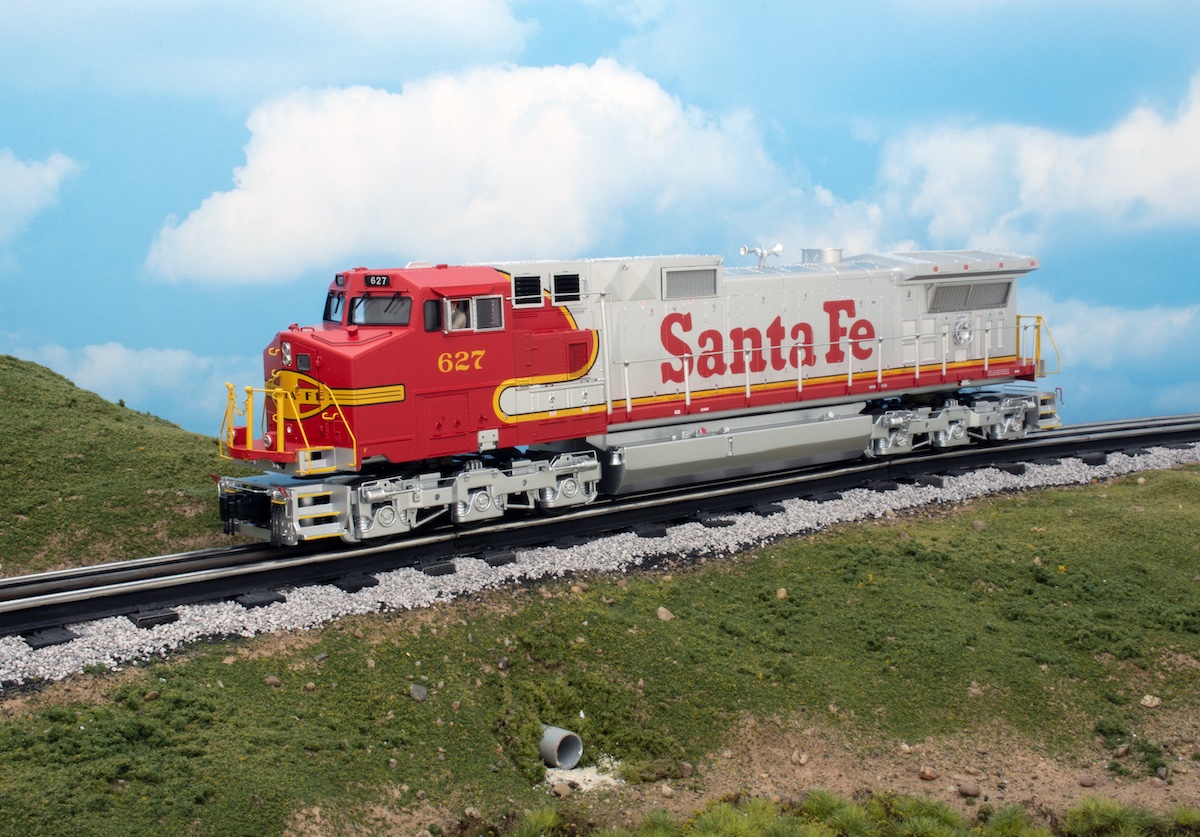




istanbul escort